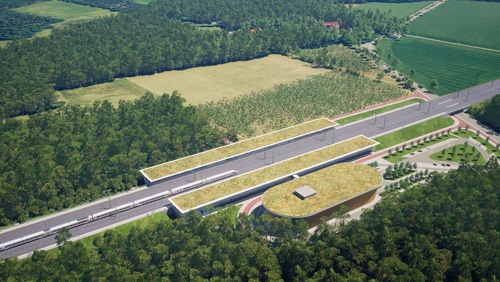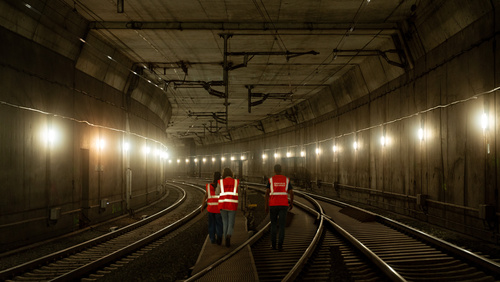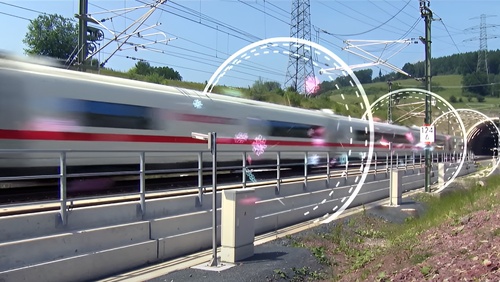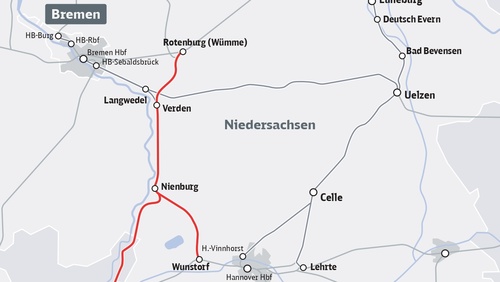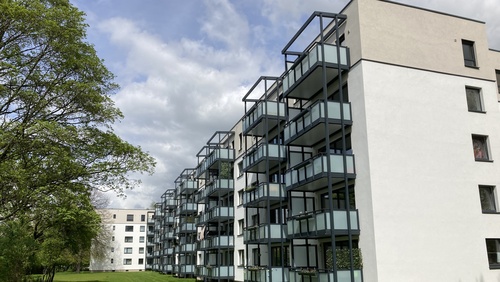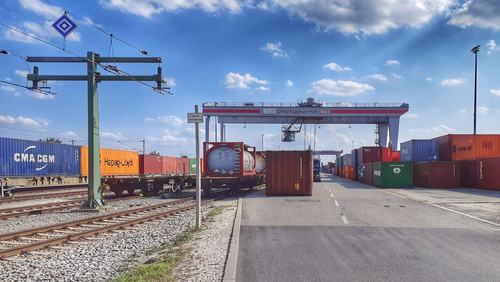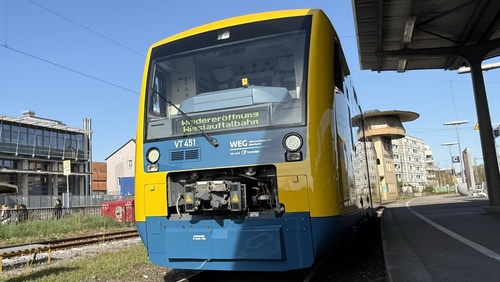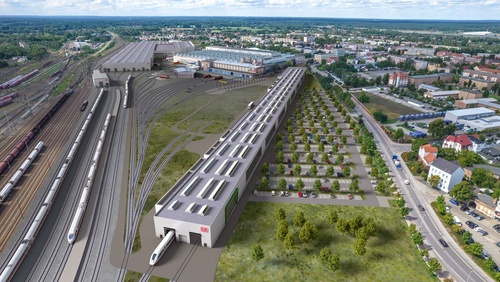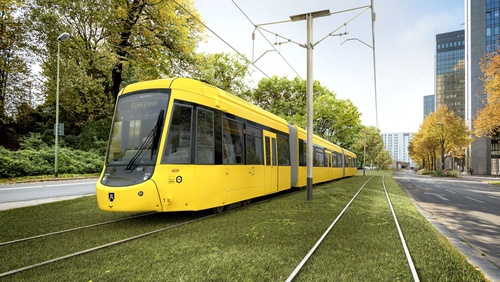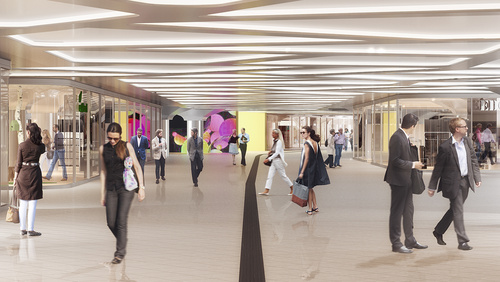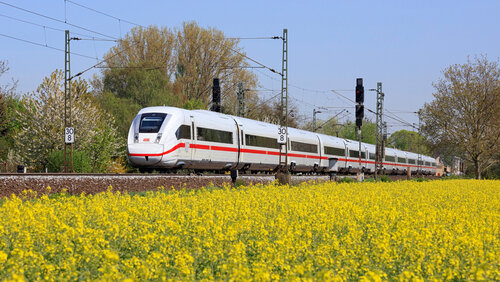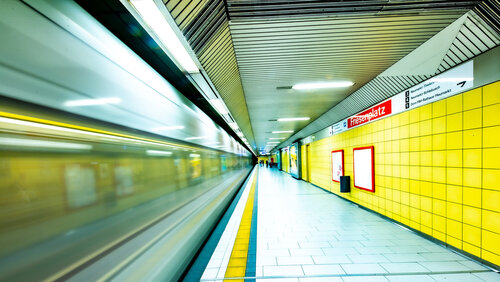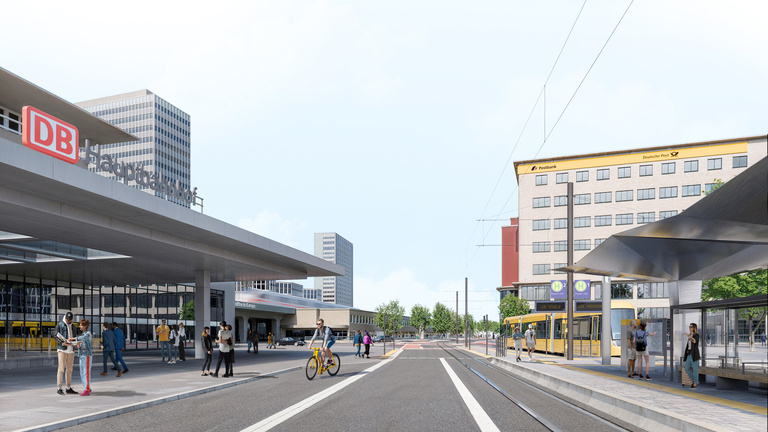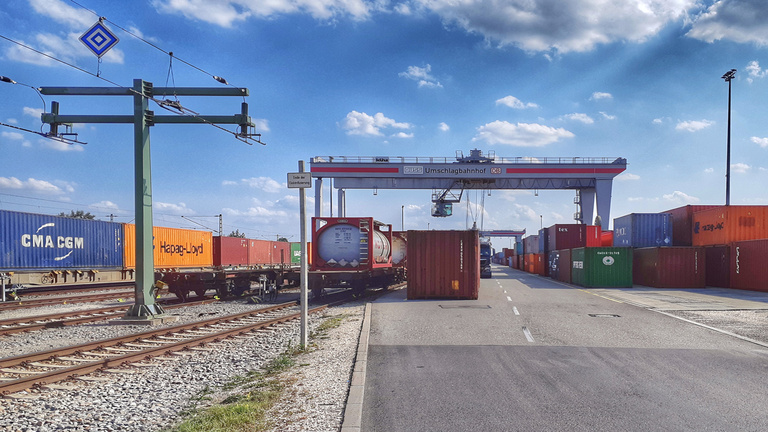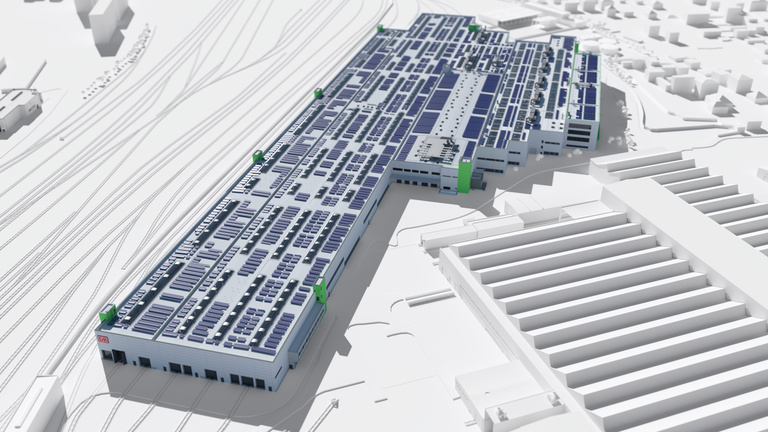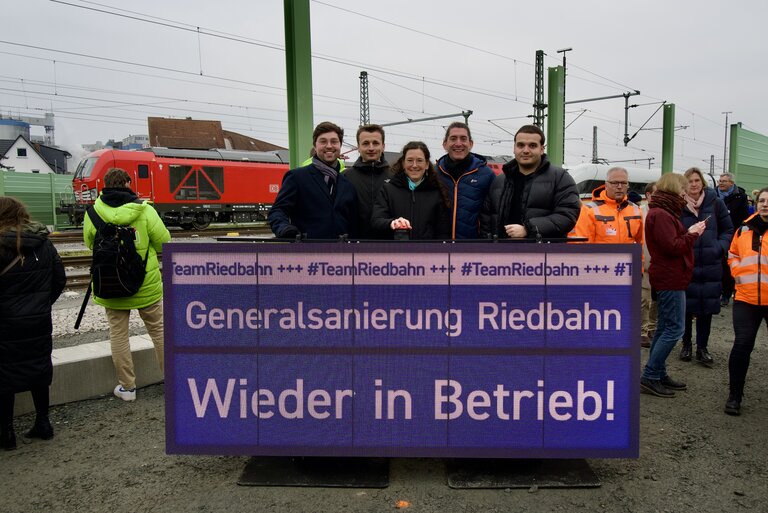
SOLUTIONS FOR PUBLIC TRANSPORT
Public transport drives climate action by reducing CO2 emissions. We support local authorities in shifting from road to rail, adopting sustainable alternatives to diesel, and renovating outdated facilities.
The mobility sector must meet strict legal requirements for environmental and climate protection. This requirement asks operators to adopt cleaner technologies and alternative vehicle systems. Both local and long-distance transport must adapt. Today, many railway lines and buses still run on diesel. To reduce CO2 emissions, operators must replace diesel engines with hydrogen technology or electric drives.
Learn moreUrbanization demands advanced mobility solutions. Passenger and freight transport must increasingly shift from road to rail.
This essential shift supports international climate targets. By 2030, railway infrastructure must increase significantly – which requires massive investments in infrastructure.
Learn moreOperators must modernize real estate and transport facilities to ensure smooth operation. Modern travelers demand more comfort and infrastructure, such as shops for everyday needs. Unfortunately, new vehicle concepts often clash with existing infrastructure and workshops. We bridge the gap between facilities and modern mobility demands.
Learn more